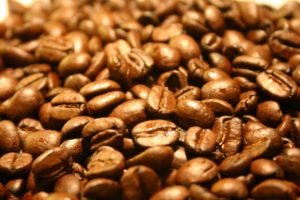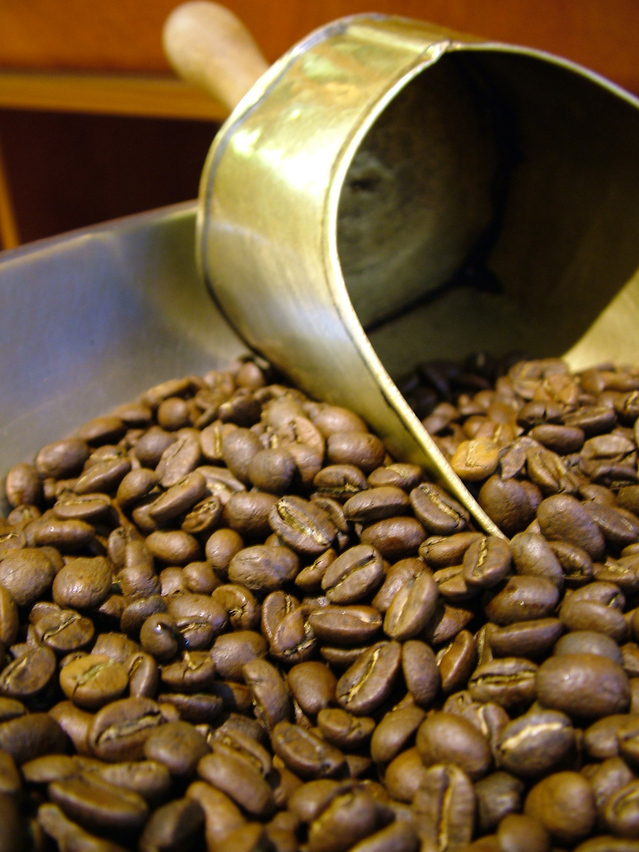
If your relationship with coffee is more complex than simply pulling through the Starbucks drive-through and ordering a Venti Latte for the road, then you probably have heard of Fair Trade and Direct Trade coffee.
Fair Trade and Direct Trade refer to two different ways to source coffee, but not everyone who tosses the two terms around knows exactly what they mean, and how they interact with one another.
Today on Jiale Coffee, we introduce you to both terms, and then make a suggestion as to which is better, as far as ongoing sustainability goes.
What Is Fair Trade Coffee?
“Fair Trade” refers to coffee growers who have received certification from Fair Trade USA, whose aim is to improve the quality of life for coffee farmers, and the workers that they employ.
Coffee farmers must pay a wage that provides an adequate quality of life for their workers, and they have to agree to adopt business practices that are ethical. They also have to utilize cultivation strategies that optimize environmental sustainability.
There are different ways for coffee farmers to meet those standards, depending on what part of the world they grow coffee in. As long as they meet these standards, they can put a “Fair Trade” label on their packaging.
Many discerning consumers are willing to pay more for Fair Trade coffee, because they understand that the farmers do a more sustainable job of preserving the environment, and that they deal fairly with their own employees.
When you buy Fair Trade coffee, Fair Trade USA gets a small percentage of the purchase. This pays for their expenses in employing professionals who send funds out to meet the needs of communities around the globe, such as schools, health clinics, and other initiatives.
However, you may have noticed one thing missing from the list of standards for Fair Trade coffee, and that is quality. So, as long as a coffee farmer runs his or her business the right way, that farmer can earn Fair Trade certification, even if the coffee is not very good.
By the way, you can learn about the parts of a cherry here.
Fair Trade USA is working to add quality requirements to their certification, but that will not likely be in place until 2020, or later.
Free Trade coffee also goes through middlemen, who take a large chunk of the profits, and this is a point of difference between Free Trade and Direct Trade.
For a fun read, learn how to make clear coffee here.
What is Direct Trade Coffee?

With Direct Trade coffee, farmers sell their beans directly to coffee roasters, without any money going through an import/export agency.
This means that farmers receive more money for their coffee (because there is no middleman to take a sizable chunk of it). When they make coffee that is top-notch, they benefit even more.
The downside with Direct Trade is that there is no standard method for roasters and farmers to do business. One roaster may travel to the farm and literally meet the farmer, while another roaster might rely on the word of a third party, who goes to see the farm, but does not formally fulfill the role of middleman.
When a roasting company representative goes to the farm to see how things are done there, that represents the most authentic form of direct trade.
Conclusion
So which is better? Well, Fair Trade coffee is only raised by farmers who treat their employees well, so that fights poverty. However, Direct Trade also puts more money in the hands of the farmers, so one could also argue that poverty is on the wane there as well.
In present circumstances, because Fair Trade has more regulations, as far as standardization goes, it appears to be the more ethical choice, as far as worker treatment and sustainability goes.
However, if Direct Trade can add most of the same attributes as Fair Trade, it would be hard to argue against that as well.